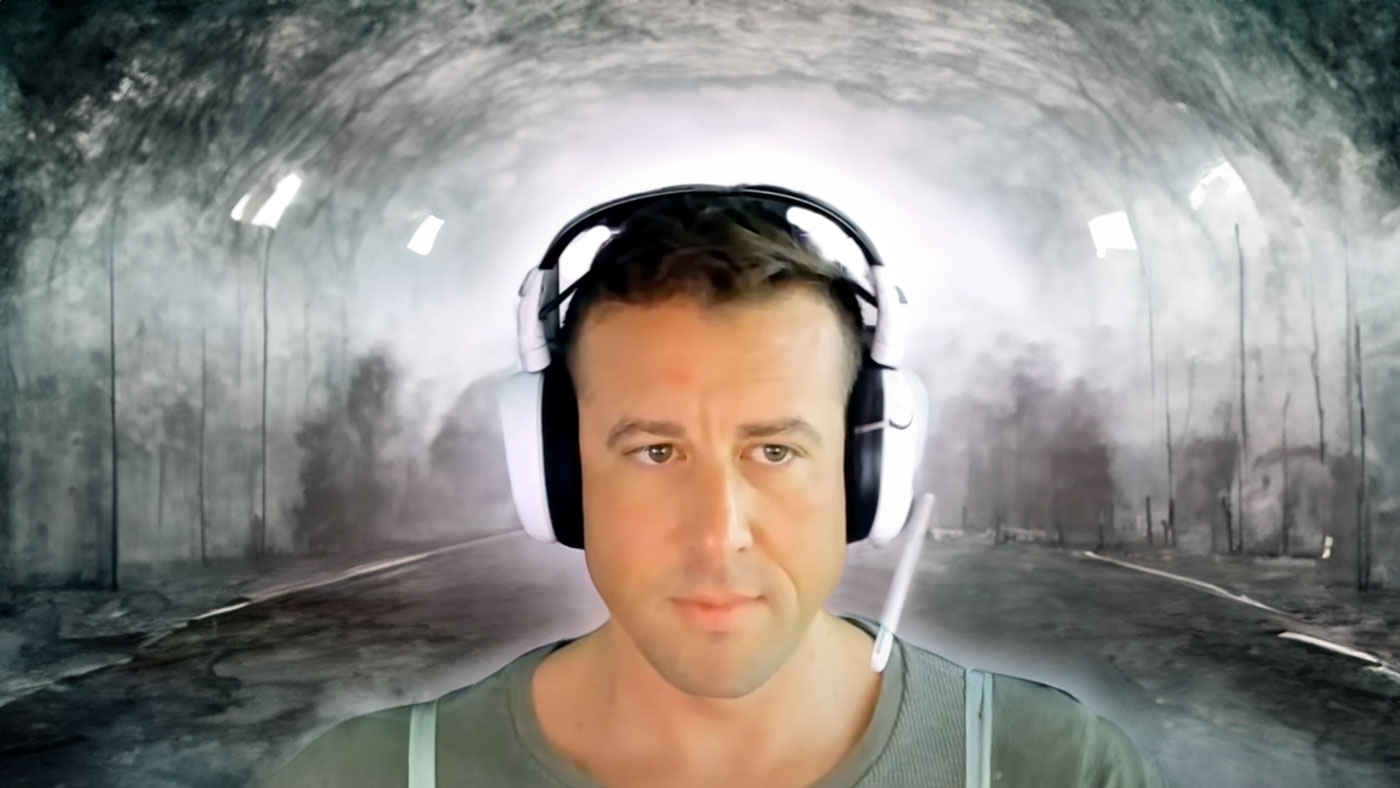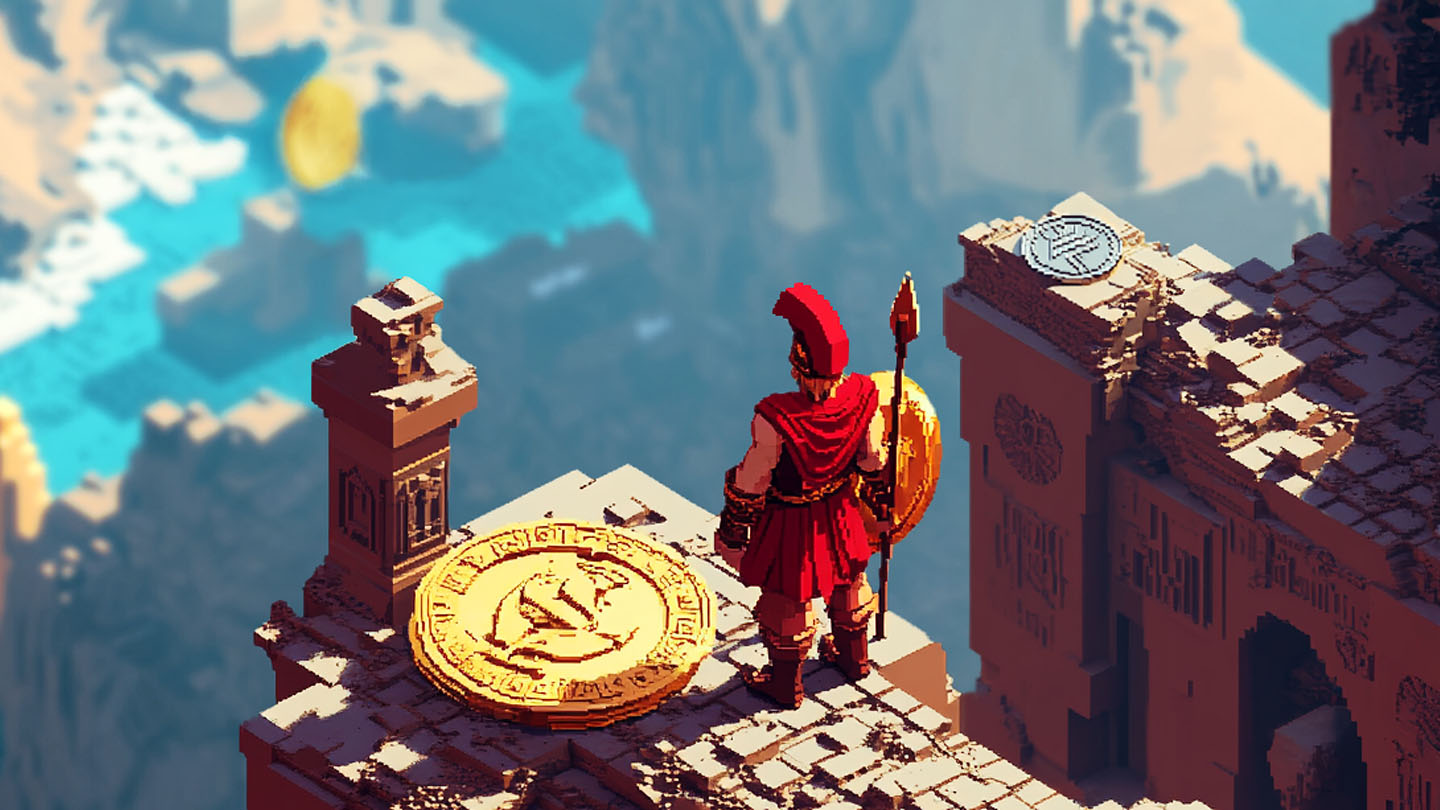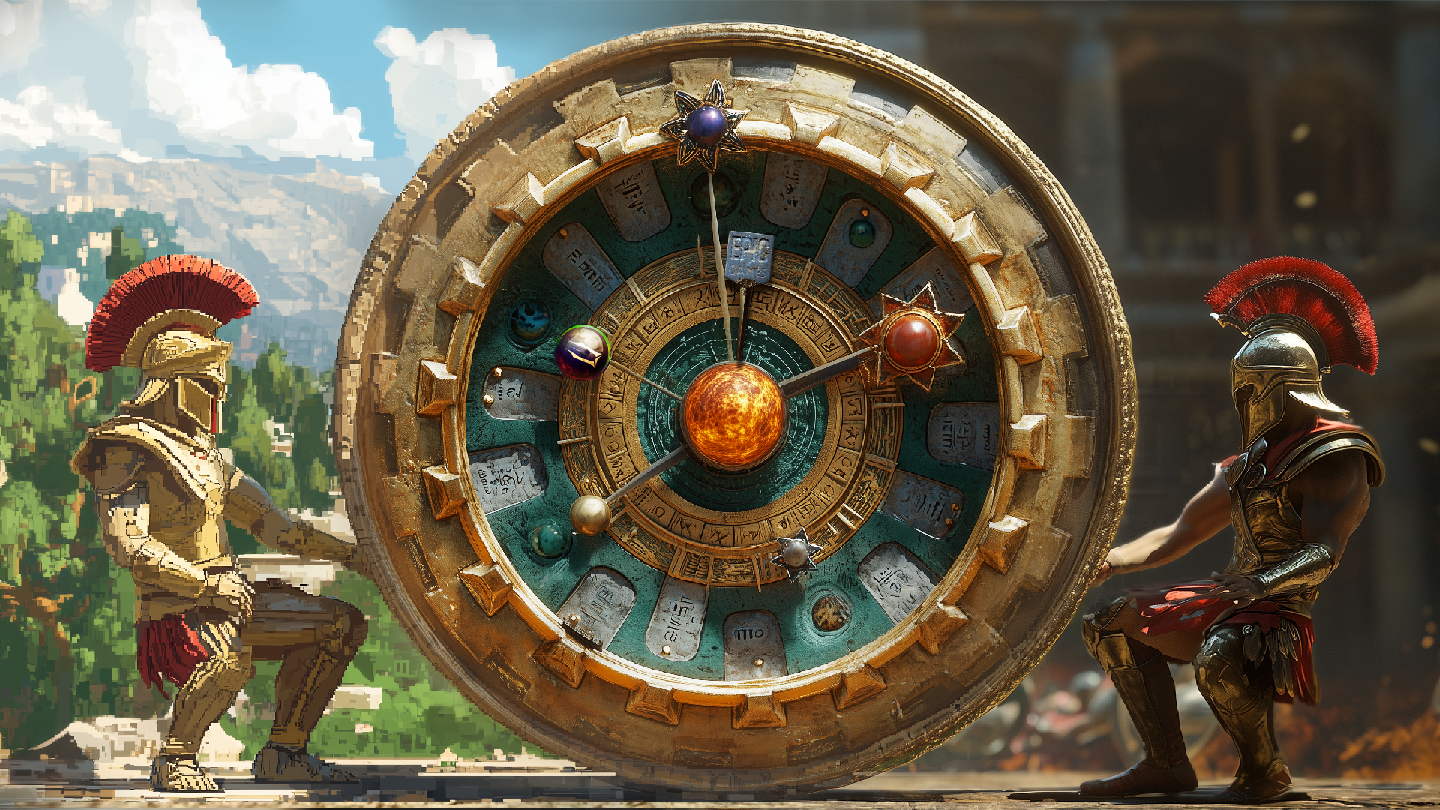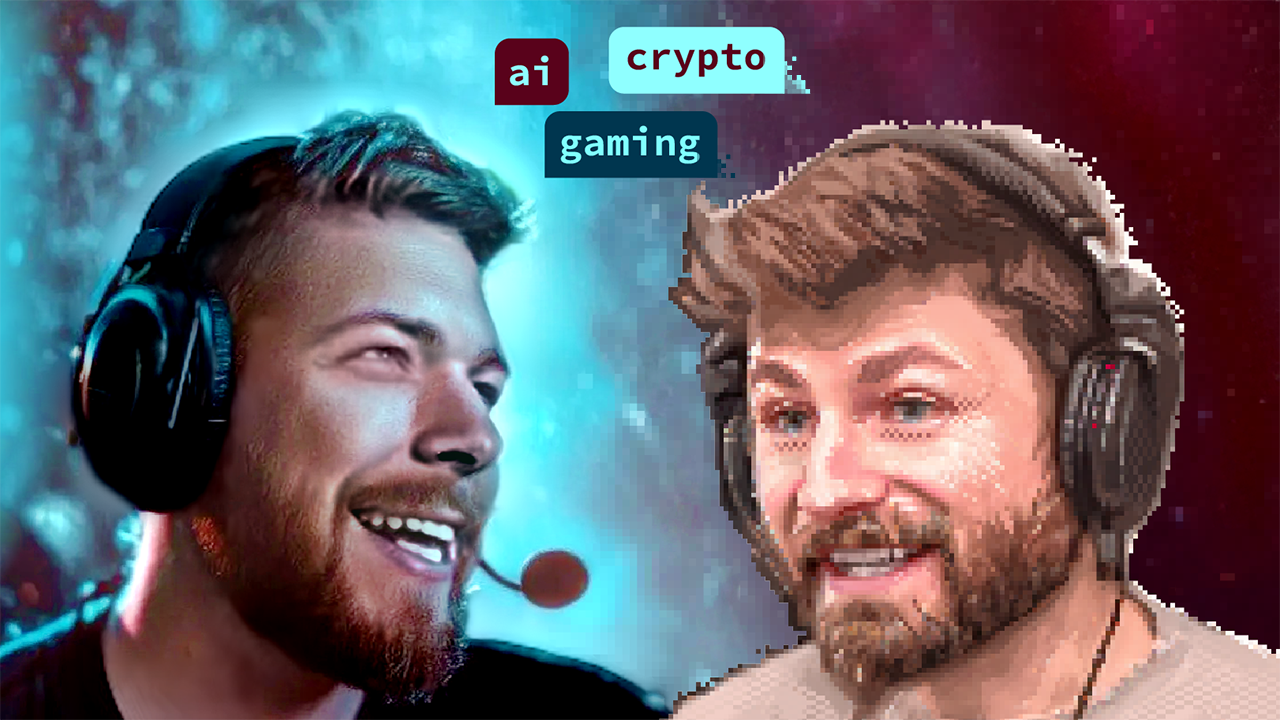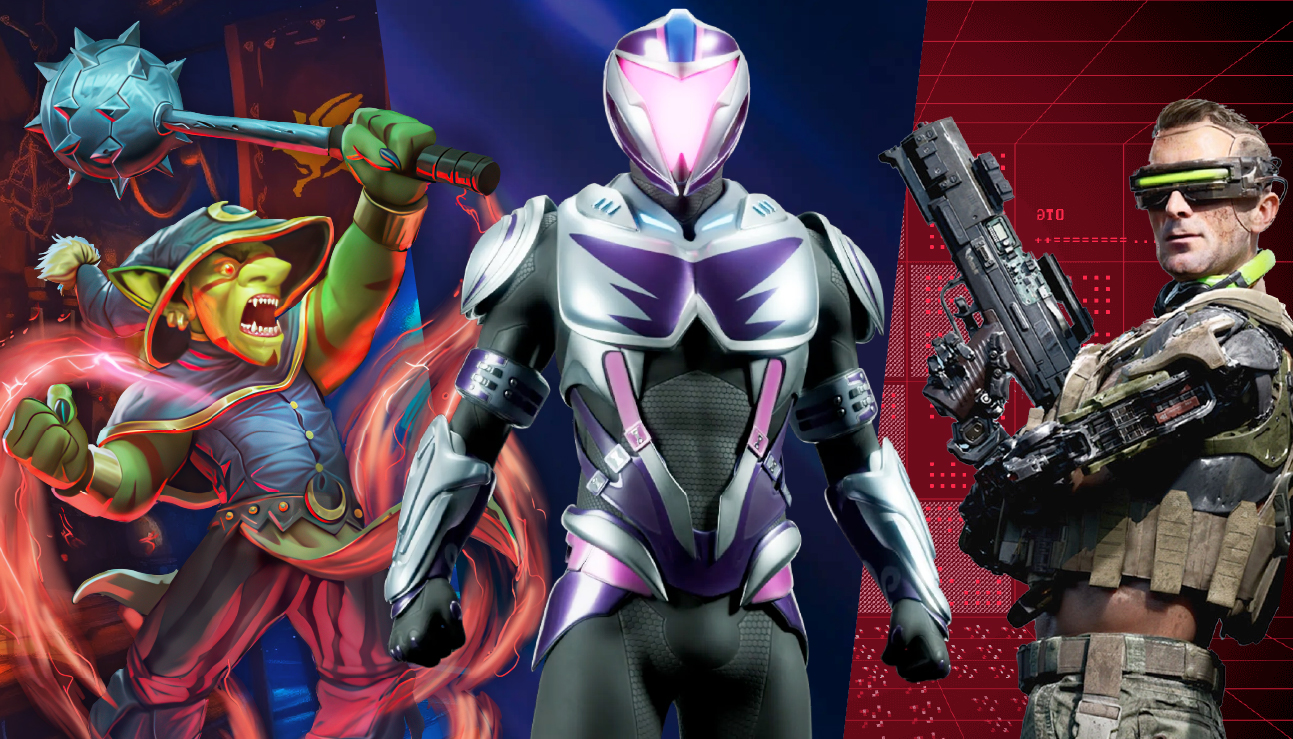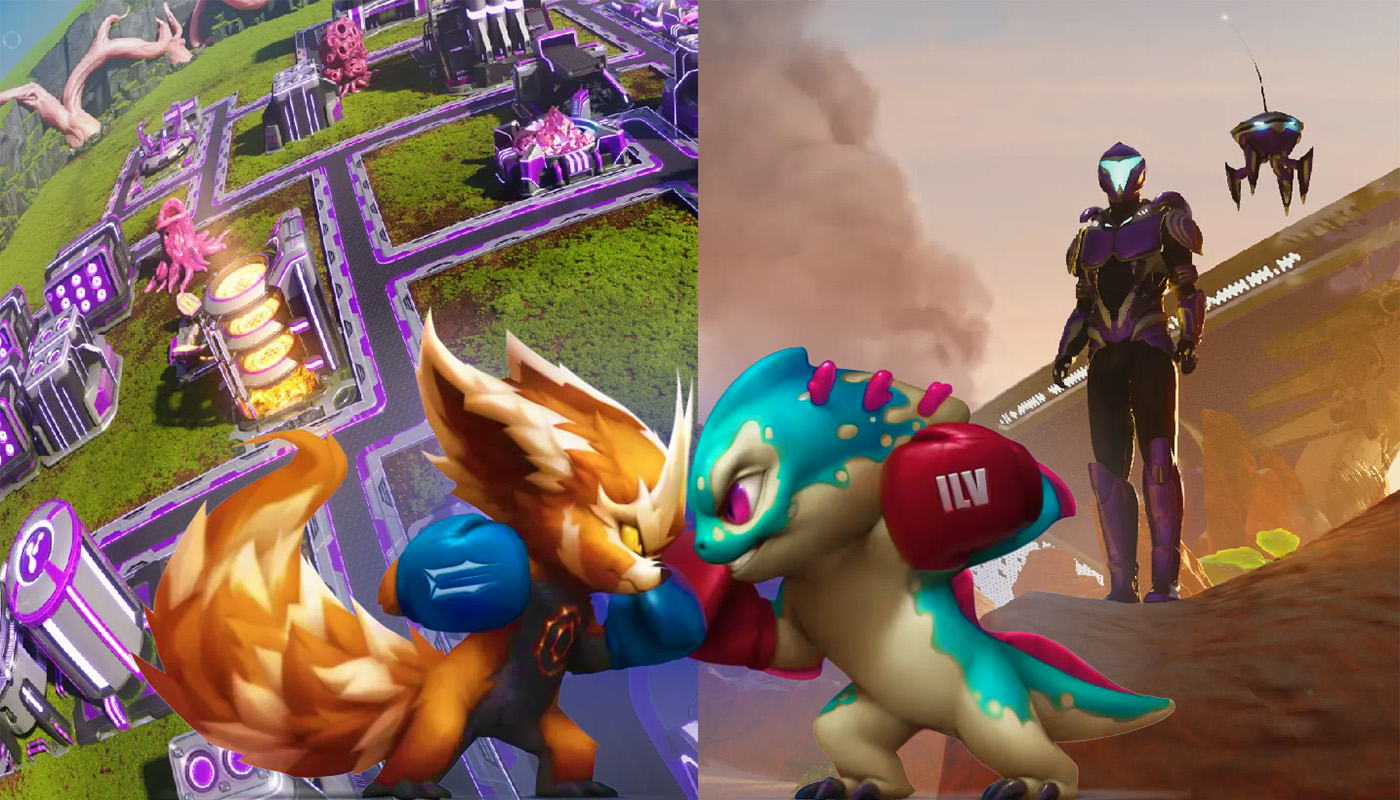Star Atlas co-founder and CEO Michael Wagner faced community questions in an AMA on Wednesday (UTC) after announcing the project would sack 122 of its 167 staff.
After framing the session as an “extremely positive call”, Wagner explained the decision to cut staff was a “completely standard course of business to adjust for market conditions”.
“All of the biggest tech companies out there in the world are making layoffs right now, the Googles and the Metas,” he said.
“They’re laying off tens of thousands of people to adjust for [the] market cycle. And that’s all we’re doing, is we’re adjusting for the market cycle and our sustainability going into the future.”
“So, I feel really good about this. I don’t feel good about letting go of amazing, talented team members, but we are going to rebuild from this.”
“We’ve been able to extend the runway out for one-year plus – the future is extremely bright.”
*Enjoy our reporting? Sign up for the Pharos newsletter and receive an update every week for free
The team behind the blockchain space explorer had already been cut from a height of 235 in 2022, meaning 190 staff will have been let go in less than a year.
The remaining 45 team members will be focused on the browser-based strategy game SAGE (Star Atlas Golden Era) and the “move-to-progress” mobile companion app Wagner announced last week.
Delivery of main game
The release timeline for the project’s flagship UE5 MMORPG is still uncertain, but Wagner told the AMA “a lot of effort” was still going into that game.
“We’re still hopeful that there’s a path to deliver the [2.2] product before the end of the year in Q4.”
“If we lose more than we think then possibly Q1, 2024.”
When asked in the AMA what the plan was to secure funding for the future development of the MMORPG, Wagner said: “Our plan from inception was always to build and release product that generates revenue and grows our user base.”
“The hundreds of millions of dollars that are necessary for AAA open-world game production – we didn’t have it at any point in the history of the company. It was always reliant on us being able to generate revenue to continue to reinvest in development.”
“Whatever people say about Star Citizen, given the extended timeline in its own development, there is a history of being able to sell digital assets – in their case, non-NFTs – to fund the development of an expansive vision like ours.”
“Our hopes are that as we roll out SAGE, as we roll out [the mobile app], we continue development in Unreal Engine 5 and in the years that it will take for us to complete that – which we’ve always talked about a very long development timeline here – we bring the full vision to life.”
Balance sheet depended on own token
When asked what needed to happen before the project prioritised the UE5 development, Wagner said anything exceeding $10 million in revenue or investment “would give us some comfort around scaling back up”.
Earlier in the session, he said the project had initially scaled up its team “to be commensurate with the amount of revenue that we generated” but after “a swing of $110 million in our balance sheet”, the project had had to make some “adjustments”.
That swing included losing $65 million on Atlas balances held in treasury – “because we did not want to go out and sell that into the community while we were still building the initial feature sets of the game”; a loss of $15m in the FTX collapse and a tax bill of $30m, a outlay Wagner said wasn’t completely anticipated.
“Of course, we know we have to pay taxes, but it was a $30 million tax bill in 2021, higher than I expected. “
“When we had scaled, [we were] anticipating access or the use of those funds. So we need to make some adjustments now. That’s what we’re doing for business viability,” Wagner said.

